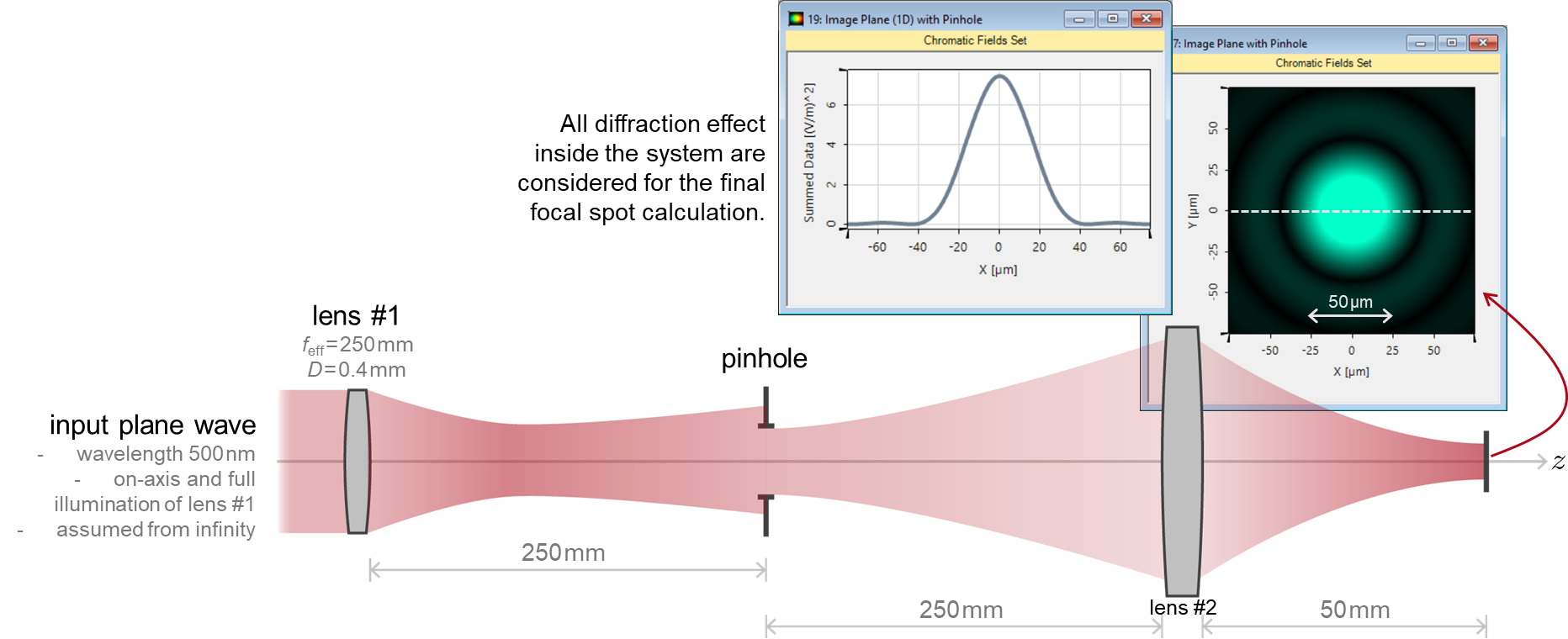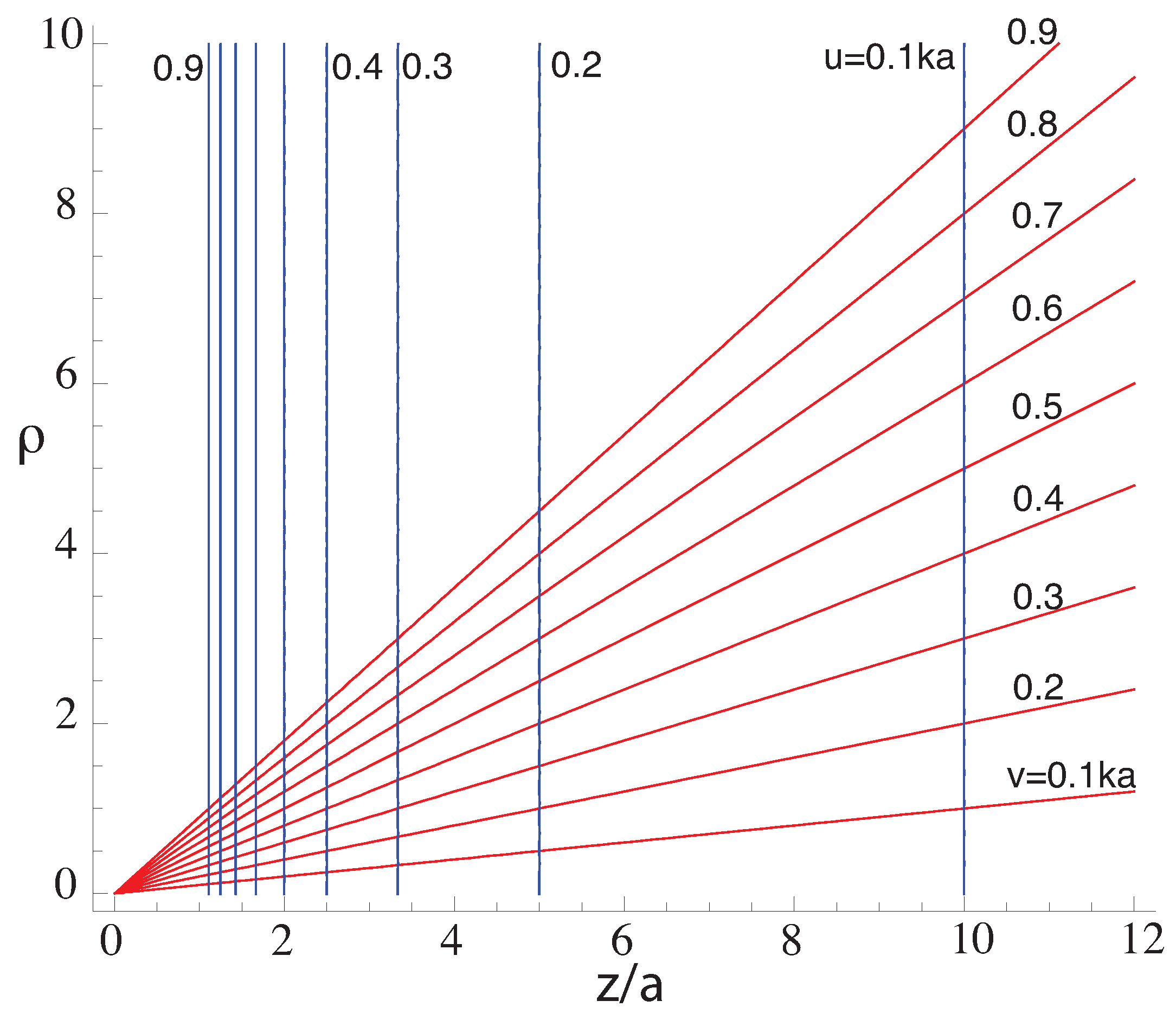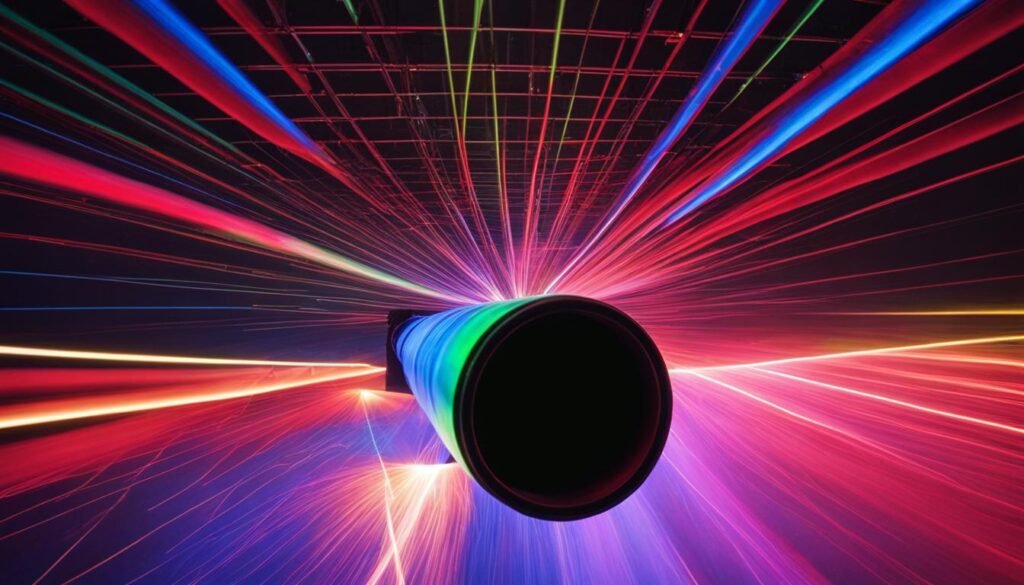Contents

Source: LightTrans
<>
The Fresnel Number Explained
Understanding Fresnel Number in Optics
The Fresnel number is a dimensionless number used in optics to describe diffraction effects in various optical systems. It is calculated based on the wavelength of light and the physical dimensions of the system under consideration.
Fresnel Number in Diffraction Theory
When a light wave passes through an aperture and propagates to a screen, the Fresnel number is used to characterize the diffraction behavior. For Fresnel numbers below 1, Fraunhofer diffraction occurs, showing the far-field diffraction pattern. On the other hand, Fresnel diffraction is characterized by Fresnel numbers around 1 or larger, leading to more complex mathematical descriptions.
Application in Optical Resonators
The concept of the Fresnel number is also applied in optical resonators, such as laser cavities. In this context, a large Fresnel number indicates low diffraction losses at the end mirrors, favoring stable laser operation. Conversely, small Fresnel numbers can lead to significant diffraction losses, especially for higher-order modes.
Significance in Laser Resonators
Stable laser resonators typically have a large Fresnel number, ensuring efficient operation with minimal diffraction losses. Unstable resonators, characterized by small Fresnel numbers, are sometimes used in high-power lasers where diffraction-limited performance is not a primary concern.
Conclusion
The Fresnel number plays a crucial role in understanding diffraction phenomena in optics, particularly in the analysis of laser resonators and interferometers. By considering the Fresnel number, researchers and engineers can optimize the performance of optical systems and ensure efficient light propagation.

Source: MDPI
Feel free to comment your thoughts.



